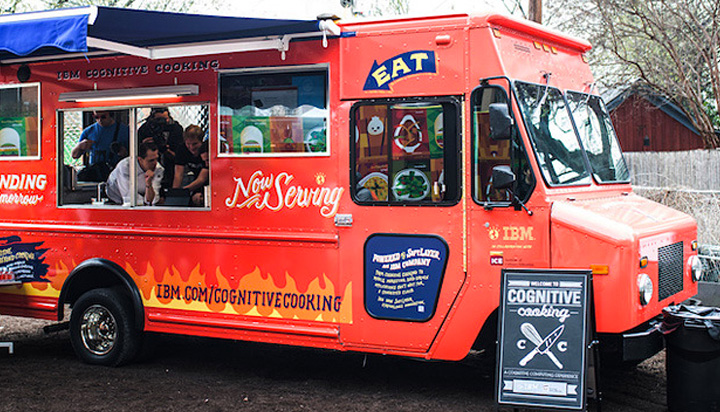What makes people consider a brand to be creative? Once, a brand was considered creative if it presented an original idea. Some of the world’s most iconic advertising is based on this premise. The ad could have been for a car or a block of butter which fundamentally didn’t differ all that much from its competitors, but the advertising made a brand stand out. Today it is much harder to compete in the market with a snappy slogan – though Nike’s ‘Just Do It’ speaks volumes for when you get it right.
In this Age of Now, creative brands involve people through Entertainment, Technology and Culture. Call it a twist on TED (Technology, Entertainment and Design). Creativity ETC is how an entire generation is engaging and making relationships with brands. Companies that integrate ETC have a high-speed connection straight to the individual and their global network of friends. ETC is a potent strategy fit for a digital connected and savvy society.
Why Entertainment, Technology and Culture?
- Life is stressful. When we relax we want to be entertained, watch a good story, tune into a great song, have a laugh or be scared witless, and be stoked by a fun game. When we feel good, we’re likely to want to share the feeling with others.
- Technology is a doorway to consumer intimacy. A brand that earns a spot on a tablet or a mobile phone is a welcome participant in the lives of users. Serve entertainment or culture, or risk being deleted.
- We want to contribute to the culture we live in. The idea of community today is less physical, but the desire to be a part of something bigger remains. It’s human nature.
Look at Ellen DeGeneres’ Oscars selfie; why did millions of people feel compelled to share it? It tied to a live broadcast of the Oscars (Entertainment), used a photo taken on a mobile phone and shared on Twitter (Technology), and since the Oscars is about movies, it capitalized on viewers’ interest in celebrity (Pop Culture).
IBM, not considered by Millennials as a hipster company, brought a food truck to SXSW that was powered by its Watson supercomputer. People lined up in the rain to try out novel recipes whipped up by data and algorithms. Suddenly IBM becomes a brand that thousands of young people are associating with new technology and foodie culture.
Sweden? The country has launched Democreativity, a project involving Visit Sweden, the Swedish Institute and Business Sweden, to attract the best ideas from the international gaming community. Sweden wants to be known for producing a new breed of games that will change the world of games as entertainment and education. Sweden is already recognized as one of the most creative countries, and Democreativity is another way it is boosting its reputation through ETC.
Creative people can think divergently. They can see possibilities. Brands that want to be known as creative need to start seeing the world with an ETC lens – etc. etc.

